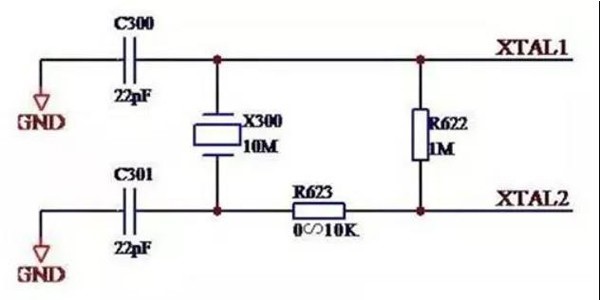In the PCB design, the crystal (crystal oscillator) is a very important electronic component, which believes that most PCB engineers will not be unfamiliar with. Do you know how to tell them very clearly and what’s the difference between them?

一、Crystal
Crystal is a non-polarity component with two pins that require oscillating signals by means of clock circuitry, it is unable to oscillate.
The crystal reference circuit has a poor source of crystal signal, which typically needs to accurately match the peripheral circuit (for signal matching capacitance, inductor, etc.), and the peripheral configuration circuit needs to be adjusted when replacing crystals of different frequencies. It is generally recommended to adopt a high precision of quartz crystals, and do not use ceramic crystals with low precision.

二、Oscillator
The oscillator is 4 pins, a complete oscillator, except for quartz crystals, as well as transistors and sealing elements, and therefore the volume is large. The package of active crystals has 4 pins, which are VCC (voltages), GND (ground), OUT (clock signal output), NC (empty foot).
Oscillator reference circuit oscillator does not require the internal oscillator of the CPU, stable signal, good quality, and the connection mode is relatively simple (mainly for power filter, usually use a capacitor and inductor constitute a filter network, The output is filtered with a small resistance value.) and does not require a complex configuration circuit.




 whatsapp
whatsapp